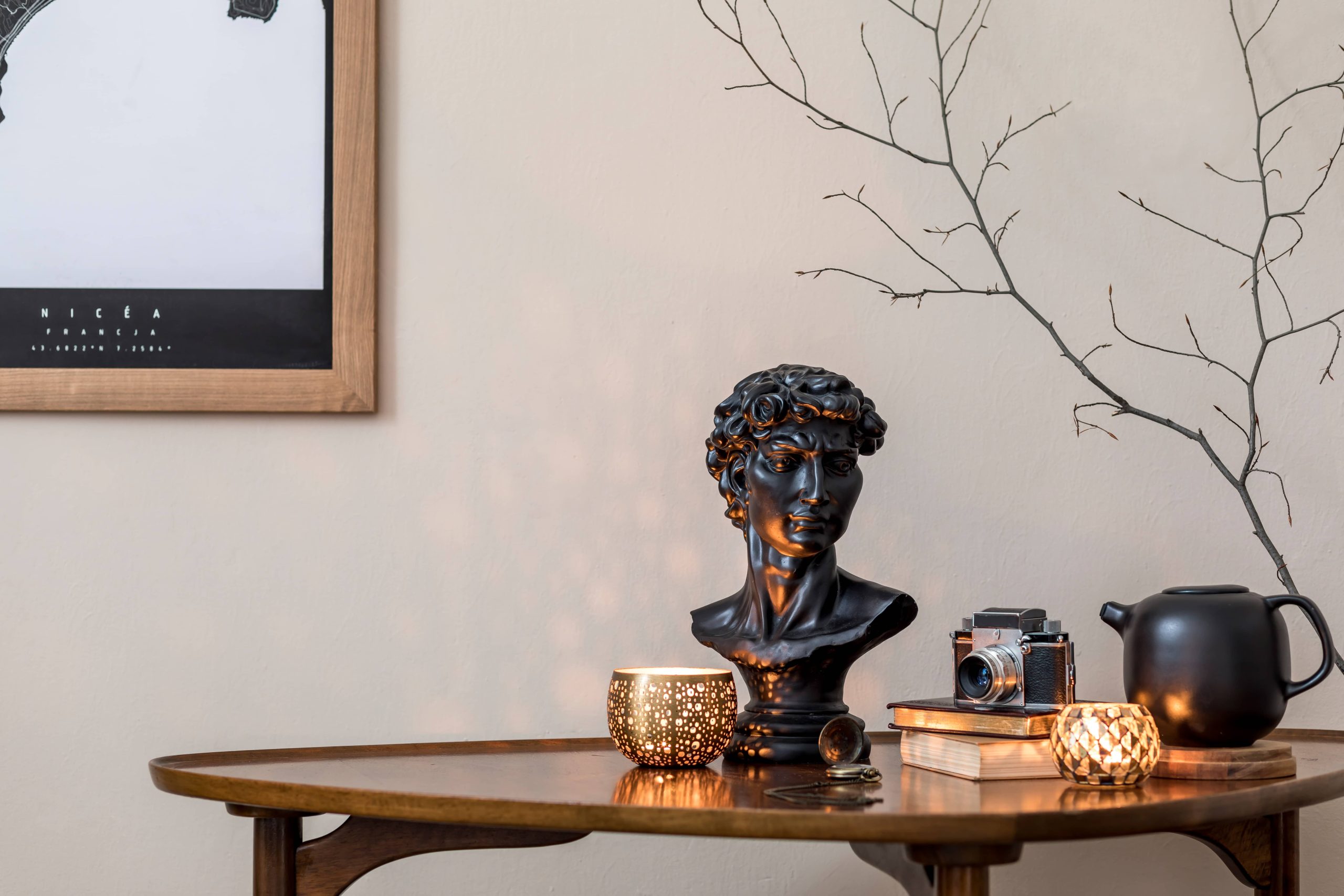
In the world of home décor and styling, personalization is key. Your home is more than just a collection of rooms; it is a reflection of your personality, taste, and lifestyle. While store-bought furniture can be beautiful, incorporating custom pieces into your home allows you to create a truly unique and personal environment. Whether you’re upcycling old pieces or building something new from scratch, creating your own custom furniture can be a rewarding and enriching experience. In this blog post, we’ll explore various ways to create your own custom furniture and offer tips on how to get started.
The Benefits of Custom Furniture
Before diving into the process, let’s discuss why custom furniture is worth the effort. Here are a few key benefits:
1. Personalization: Custom furniture allows you to express your personal style and creativity. From design to materials, you can tailor every aspect to suit your tastes.
2. Perfect Fit: Every home is unique, and sometimes off-the-shelf furniture just doesn’t fit. Custom pieces can be made to fit specific dimensions and spaces in your home.
3. Quality Control: When you create your own furniture, you can choose high-quality materials and ensure it’s constructed to your standards, leading to longer-lasting pieces.
4. Sustainability: By using reclaimed materials or building with durability in mind, you contribute to a more sustainable approach to home décor.
Where to Start
If the idea of crafting your own furniture excites you, here are some tips to get you started on this creative journey:
1. Start Small
If you’re new to DIY furniture projects, it’s best to start with something small. Consider making a simple coffee table or a set of wall shelves. These projects require fewer materials and tools, making them manageable for beginners. As you gain confidence and skills, you can move on to more complex designs.
2. Gather Inspiration
Before embarking on your custom furniture project, gather inspiration from various sources. Explore home décor magazines, Pinterest boards, and Instagram profiles to gather ideas. These platforms offer a wealth of creativity that can kickstart your design process.
3. Plan Your Design
Once you have a rough idea of what you want to create, sketch out your design. Consider the style, materials, and dimensions you want. If you’re not confident in your drawing skills, there are online tools and software like SketchUp that can help you create a 3D model of your design.
4. Choose Your Materials
Selecting the right materials is crucial in custom furniture making. Wood is a popular choice due to its versatility and availability. You can opt for new timber or repurpose wood from old furniture or pallets. Metal and glass are also great materials for custom furniture, offering a modern and sleek finish.
5. Gather Your Tools
Having the right tools is essential. Depending on your project, you may need a saw, drill, sander, and various hand tools. If investing in these tools isn’t feasible, consider renting them from a local store.
6. Get Hands-On
Now comes the exciting part: building your furniture. Follow your design plans closely, and take your time to ensure precision and quality. Don’t be afraid to ask for help from friends or family, especially if your project is large or complex.
Transforming Old Furniture
If building from scratch seems daunting, reinventing old furniture is a fantastic alternative. Here’s how you can transform existing pieces:
1. Assess the Condition
Inspect the piece you wish to update. Make sure it’s structurally sound and that any wear or damage can be easily repaired.
2. Decide on Changes
Envision how you want the furniture to look post-makeover. This could involve painting, reupholstering, or adding new hardware.
3. Prepare the Surface
Before applying paint or varnish, sand the surface to remove any old finish and create a smooth base. If you’re reupholstering, remove the old fabric carefully, using it as a pattern for the new fabric.
4. Get Creative
Apply your chosen paint, stain, or fabric. Consider techniques like distressing or glazing to add character and depth to the piece. Replace old hardware with new knobs or handles to give the furniture a fresh look.
Tips for Success
Creating custom furniture can be a trial-and-error process, especially if you’re doing it for the first time. Here are some additional tips to help you succeed:
– Patience is Key: Take your time and enjoy the process. Rushing can lead to mistakes and frustration.
– Watch Tutorials: There’s a wealth of online tutorials for almost every project. Watching experts can provide insights and tips that are invaluable.
– Safety First: Always wear protective gear such as gloves and goggles, and work in a well-ventilated area.
– Trial Runs: Practice tricky cuts or techniques on scrap materials before applying them to your project.
Conclusion
Creating your own custom furniture is not only a fun and creative endeavor but also a meaningful way to make your home truly yours. Whether you’re upcycling an old dresser, building a bookshelf from scratch, or adding custom touches to a simple chair, the result is a one-of-a-kind piece that resonates with your personal style. With the right tools, materials, and mindset, your custom furniture project can transform your space and bring your vision to life. So roll up your sleeves and let your creativity shine—your custom home awaits!

